“What if people used your product or service the same way they use YouTube or Amazon or Facebook or Instagram or Twitter or Snapchat? What if they used it out of habit, so that you didn’t have to spend a lot of money on advertising or send them spammy messages? What if they came back on their own?”
Nir Eyal
This might sound like an impossible dream – but for behavioural design expert Nir Eyal, decoding the secrets of Silicon Valley so all businesses can benefit is very much within reach. Think of him as Prometheus, but for habit-forming products rather than fire.
In his bestselling book, Hooked, Eyal explains how to build habit-forming tech products. However, we don’t think his ideas are limited to the likes of Facebook or Google. Whether you work in CX, theme parks, wellbeing, gaming, or any other area of the Experience Economy, knowing how to turn someone into a habitual, loyal customer is priceless knowledge.
Why? Well, we already know that acquiring a new customer costs five to 25 times more than retaining an existing one – and that therefore when we create experiences that people return to again and again, they’re not only more satisfying for the end user, but also more profitable and sustainable.
So we invited our modern Prometheus to share the basics of his Hooked model and workshop how we might use it to design “habitual experiences” that turn experience customers into experience addicts and keep them coming back for more.
5 Steps To Creating Your Hook
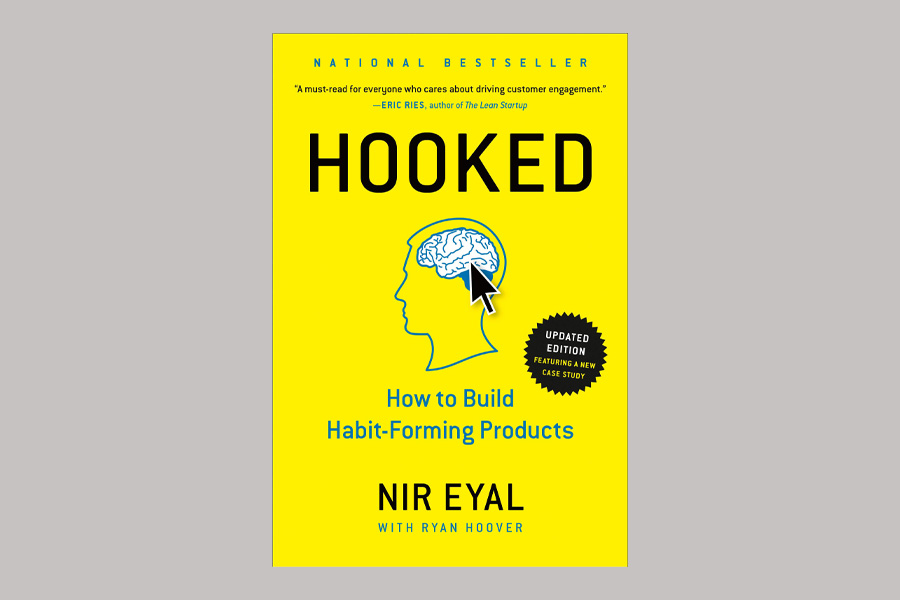
(If you want to understand the Hooked model in depth, we suggest you read our longer piece and watch a short video of the key concepts here – or of course, buy the book!)
Hooked is the result of over 10 years of studying the psychology of digitally facilitated habit formation, whereby people use products not because they want to, but because they have to.
Although the Hooked model can be used in any industry, from healthcare to enterprise to SaaS, Eyal focuses on technology and the digital world because the key to any habit-forming product is that it is used with sufficient frequency to create a habit: within a week or less. The average person checks the screen of their smartphone 150 times per day, making the tech world ripe for forming habits.
“When we ask ourselves about the habit-forming potential of these digital products, they’re very, very high because frequency directly translates into habit-forming potential.”
Nir Eyal
It’s also true that not every business demands a consumer habit – but every business that does need a habit, needs a hook. This is formed of 5 essential elements.
- Internal trigger

An internal trigger is an uncomfortable emotion that we seek to escape, such as boredom, loneliness, or uncertainty. Feeling lonely? Scroll through Instagram. Uncertain? Hit your news feed. Bored? Choose from an endless number of distractions, from sports to Netflix to watching stock prices go up and down. In fact, 90% of the time that we check our phones, it’s an internal rather than external trigger that drives us there.
Products modulate moods, so a habit-forming product must attach itself to an emotional need and satisfy it. And sadly, there’s no such thing as a positive internal trigger. It’s always born out of feeling something we don’t want to, and the need to restore homeostatic balance.
“Think of them in terms of a deficiency. If the user is content, leave them alone! But the beauty of designing experiences is that we can solve people’s problems if we search for them first.”
Nir Eyal
- External trigger
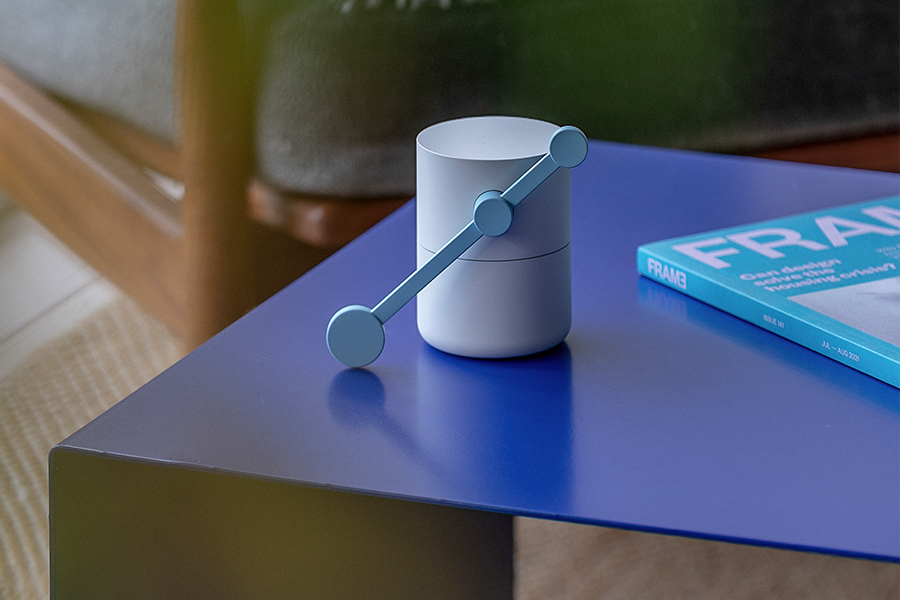
These are the distractions that come from your external environment: the pings, dings and rings that tell you what to do next.
The best external trigger is context. It “separates the stuff that feels like magic from the stuff that feels like crap”. And when a person feels an internal and then the external trigger, it’ll be most effective.
For example, if someone’s sleeping on an airplane, you wouldn’t wake them up to offer them a drink. But if they’re thirsty and it’s wine ‘o’ clock, you might want to wheel up the bar cart. The magic of external devices is that they give us information about when people are most likely to feel that trigger, using geolocation or scheduling tools.
- Action
At this stage consider: what is the easiest thing the user can do to get relief from the trigger? This is what tech is all about: reducing any friction and the distance between the recognition of the need and the reward.
- Reward

When you satisfy the need, remember: always leave them wanting more. Eyal suggests using a variable schedule of reinforcement, as pioneered by BF Skinner, the father of operant conditioning.
Humans love uncertainty. Not knowing what’s going to happen is what makes books fun to read, movies and sports fun to watch, and gambling fun to fritter money away on. (For more on the neuroscience behind uncertainty, read Will Storr’s The Science of Storytelling.) And romance is all about whether you’ll be able to woo the person. Use intermittent variable rewards, and you’ll make your product all that more enticing.
- Investment

In this often overlooked stage, the user puts something into the product to make it better with use, creating stored value.
This is another area where digital products have an advantage over physical products. Most physical things depreciate with wear and tear, but you can customise a digital experience using your data, resulting in habit-forming products that appreciate over time.
The 3 Types Of Variable Rewards
We might be scared of uncertainty in the wider world – in fact, there’s now a whole training course you can do in order to improve your resilience and reaction to it.
But as Eyal sets out in the “reward” stage of his Hooked model, when it comes to forming habits unpredictability is a powerful incentive. Think of how the threat of not seeing animals on a safari or at the zoo adds to the thrill when they do appear.
This is because of hedonic adaptation. Humans are never satisfied with the status quo, as we get used to certain standards very quickly. Therefore we have to keep an element of uncertainty and surprise in our experiences to make them repeatable.
There is a caveat to this: surprises are only rewarding if the user has a semblance of control.
“People love rollercoasters, but not turbulence! People love horror movies, but not being harmed. Sometimes people will seek variability, and sometimes they’re looking for experiences that reduce it. If an Uber took you on the scenic route to the airport, for example, it’d be awful.”
Nir Eyal
When these rewards do work, they fall into one of three categories.
- Rewards of the tribe. These come from cooperating with other people, and last a long time.
- Rewards of the hunt. These arise from a search for material possessions or information – but beware, they can have diminishing returns! The homeware store Bed, Bath & Beyond, for example, has habituated people to constantly expect discount coupons.
- Rewards of the self. These are those things that make us feel good about ourselves, like having reached the next level of Candy Crush or finished our to-do list. They depend on mastery, consistency, competence and control.
Very few products will manage to use all three rewards at the same time, but those that do are very successful. One example might be email:
Rewards of the tribe: who’s it from?
Rewards of the hunt: what’s in it?
Rewards of the self: can I clear it away and reach inbox zero?
Another might be escape rooms:
Rewards of the tribe: completing quests alongside a group of friends.
Rewards of the hunt: decoding clues and uncovering information.
Rewards of the self: solving puzzles and moving the narrative forwards.
The Difference Between Gamification & Gratification
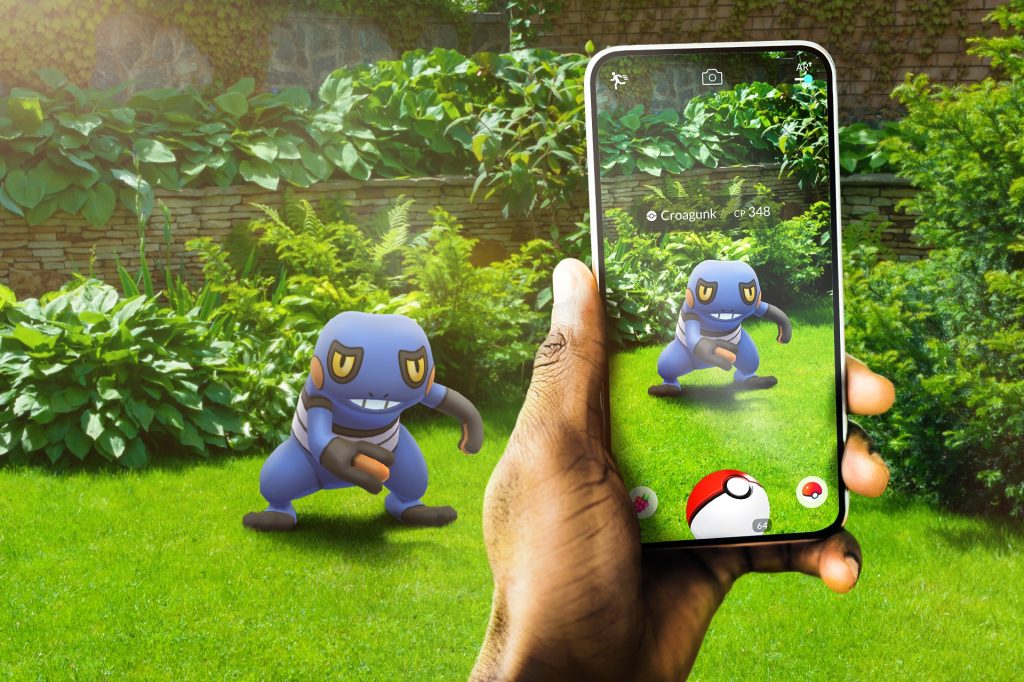
It might seem that the Hooked model is almost identical to the tactics used in gamification – and indeed, there are some games that are brilliant examples of it. Take Pokémon Go, for example.
Internal trigger: boredom/seeking entertainment.
Action: opening the app.
(Variable) Reward: seeing which Pokémon are around you.
Investment: gaining more powers, abilities and social kudos.
“Games are designed to engage. If people forget about you, you may as well not exist in games. A lot of people deride them as time wasters, but Pokémon Go is a great example of getting people off the couch and into their community engaging with people: a habit for good.”
Nir Eyal
However, there are differences between gamification and the Hooked model – namely that the tactics used for gamification won’t always work when trying to create habit-forming products.
“I don’t teach gamification. Variable rewards can take all kinds of rewards, and the most powerful is rewards of the tribe. Gamification is more about rewards of the hunt.
There also always has to be a connection between the reward and the internal trigger. If that trigger is boredom, as it often is for games, that’s great. But companies started gamifying experiences where the internal trigger wasn’t boredom – people don’t use enterprise software because they’re bored, for example, but because they’re stressed. They don’t want to play a game. What you end up with is chocolate-covered broccoli – it doesn’t make the broccoli delicious!”
Nir Eyal
How To Hook Through IRL Events & Experiences

The benefits of using the Hooked model for digital products are clear – but what about for real-life events and experiences? Peter Monbailleu produces live entertainment and events, and wondered how else he might hook repeat customers aside from delivering the best experience possible to entice them to come back.
One solution might be to invest in content once you’ve gathered information about your customer. If your experience isn’t habit-forming, you can attach habit to it by adding content and community.
“Experience has tons of variability, excitement, and surprise – the only problem is the frequency. So maybe there’s a content or customisation angle instead. In the US you don’t do your taxes every week, but the investment of inputting all your data in your first year becomes a sort of stored value. Likewise, is there a way to customise your event so that if you’ve been in the past, it changes your future experience?”
Nir Eyal
(One potential way of doing this might be by utilising NFTs and POAPs to create community and reward customers in the long-term. See Campfire 44: The Web3 Firestarter for more.)
Experience creators might also consider recommending similar experiences to attendees, even if they don’t actually produce them. As Eyal says, “becoming a macro hub of cool stuff is powerful.”
The Fine Line Between Persuasion And Coercion
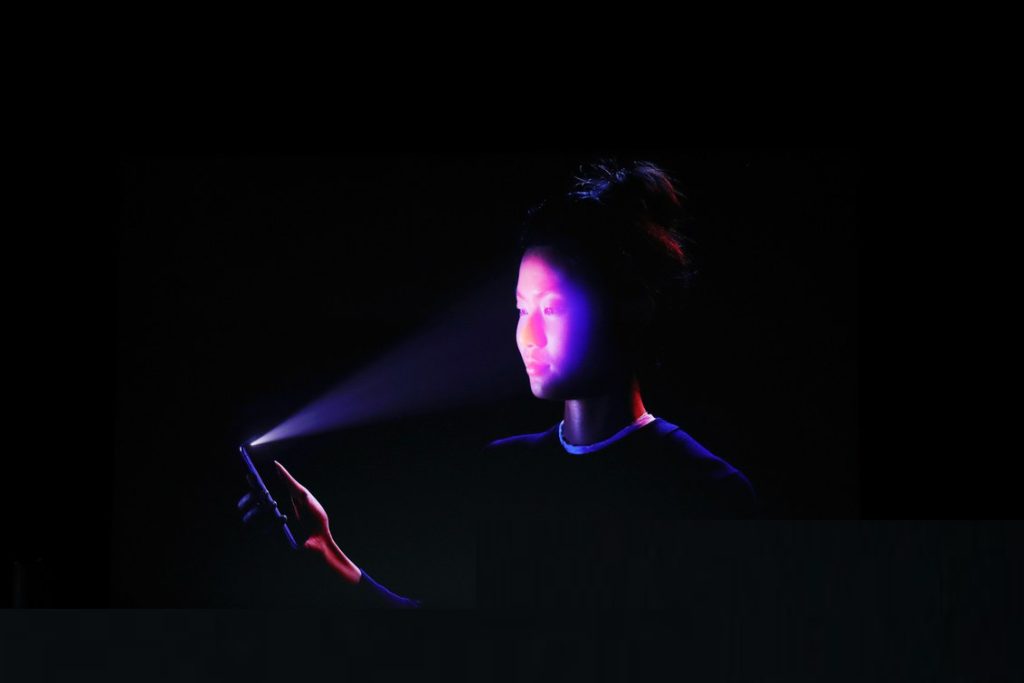
As much as we might admire addictive tech’s ability to keep us hooked, it also makes us uncomfortable. Is it really possible to create “positive addictions”? Do we have a responsibility to create a world that looks less like Facebook, and more like one we actually want to live in?
“Is it ever unethical for us to use the Hooked model? It’s exhausting and not a great way to be human!”
Leah Davis
Like most tools, the Hooked model can be used for good or evil. Or as Eyal puts it:
“A hammer can be used to build a house or to bash someone’s head in. I’ve seen people interacting on Twitch, Reddit and Slack in beautiful ways. I’ve also seen examples of Slack being a huge distraction. It’s about how they are used.”
Nir Eyal
There are two kinds of manipulation: persuasion and coercion.
Persuasion helps people to do the things that they want to do but don’t because of a lack of good product design. Think remembering to take your medication, learning a language, studying online, or getting your work done. Here the problem isn’t that the products are sucking us in: it’s that they suck!
Coercion, however, tricks people into doing things they don’t want to, or will later regret. This isn’t only unethical, it’s also bad business – since Facebook turned into a dumpster fire, no-one under 35 wants to use it, whereas TikTok is in a healthier state of affairs.
In short, provided you’re not a child or a person with an addictive disorder, manipulation isn’t necessarily a bad thing. We even pay for the privilege – to watch movies, for example! The key is that we learn how to use this tech properly and take personal responsibility for our own time and attention.
(For more on how to resist distraction read Campfire 51: Indistractable!, where Eyal takes us through the essential tools, such as timeboxing, that can set us free from addictive tech.)
The WXO Take-Out
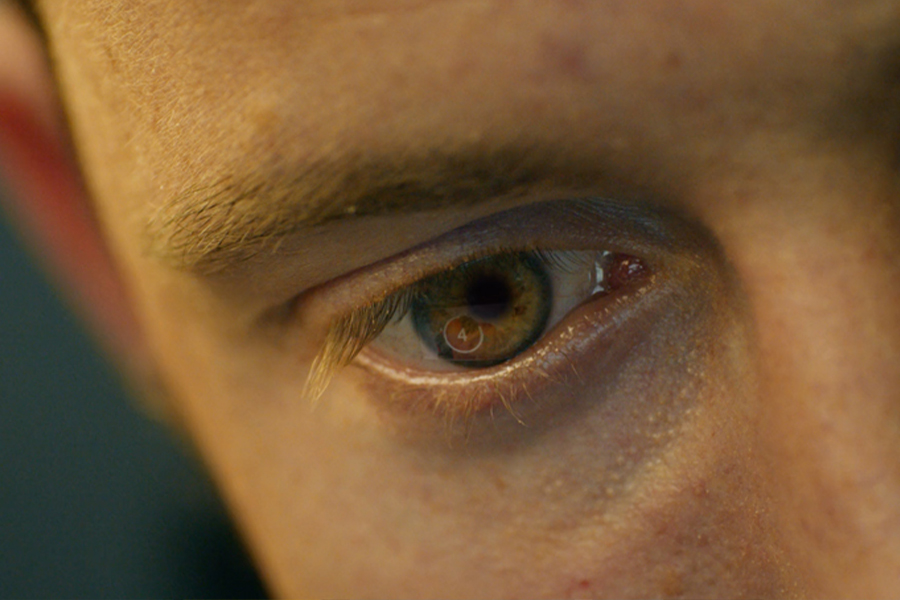
Borrowing tactics from the likes of Facebook and Amazon to create habit-forming experiences doesn’t mean we’re adding to the negative addictions that can arise from this kind of technology. In fact, how might we repurpose it to make powerfully positive addictions that are better for people and the planet?
The Hooked model isn’t a one-size-fits-all approach or a magical pixie dust you can sprinkle over your experience to make people love it. Some businesses don’t require a habit to be formed, and others might be better focusing on cultivating content and community.
However, for all other experiences, next time you’re at design stage try asking yourself:
- Where within your experience can you add uncertainty to make it better? Where should you remove uncertainty to make it better, or give the user assurance?
- Should you use rewards of the tribe, hunt, self – or all three?
- What investment do people make in your experience to hook them into coming again?
Want to be part of the most inspiring experience conversations in the world? Apply to become a member of the World Experience Organization here – to come to Campfires, become a better experience designer, and be listed in the WXO Black Book.





